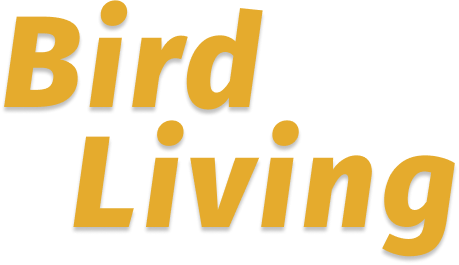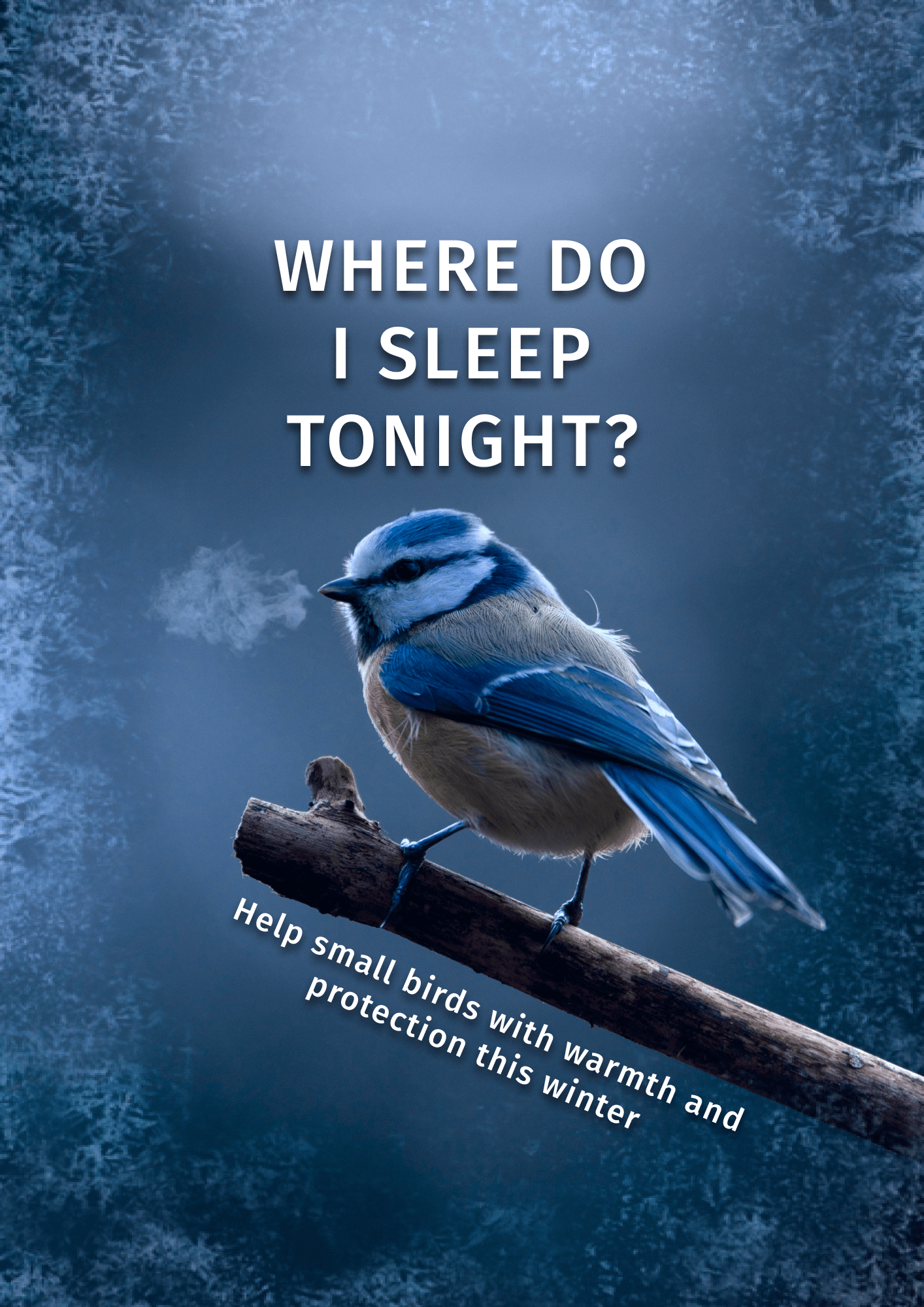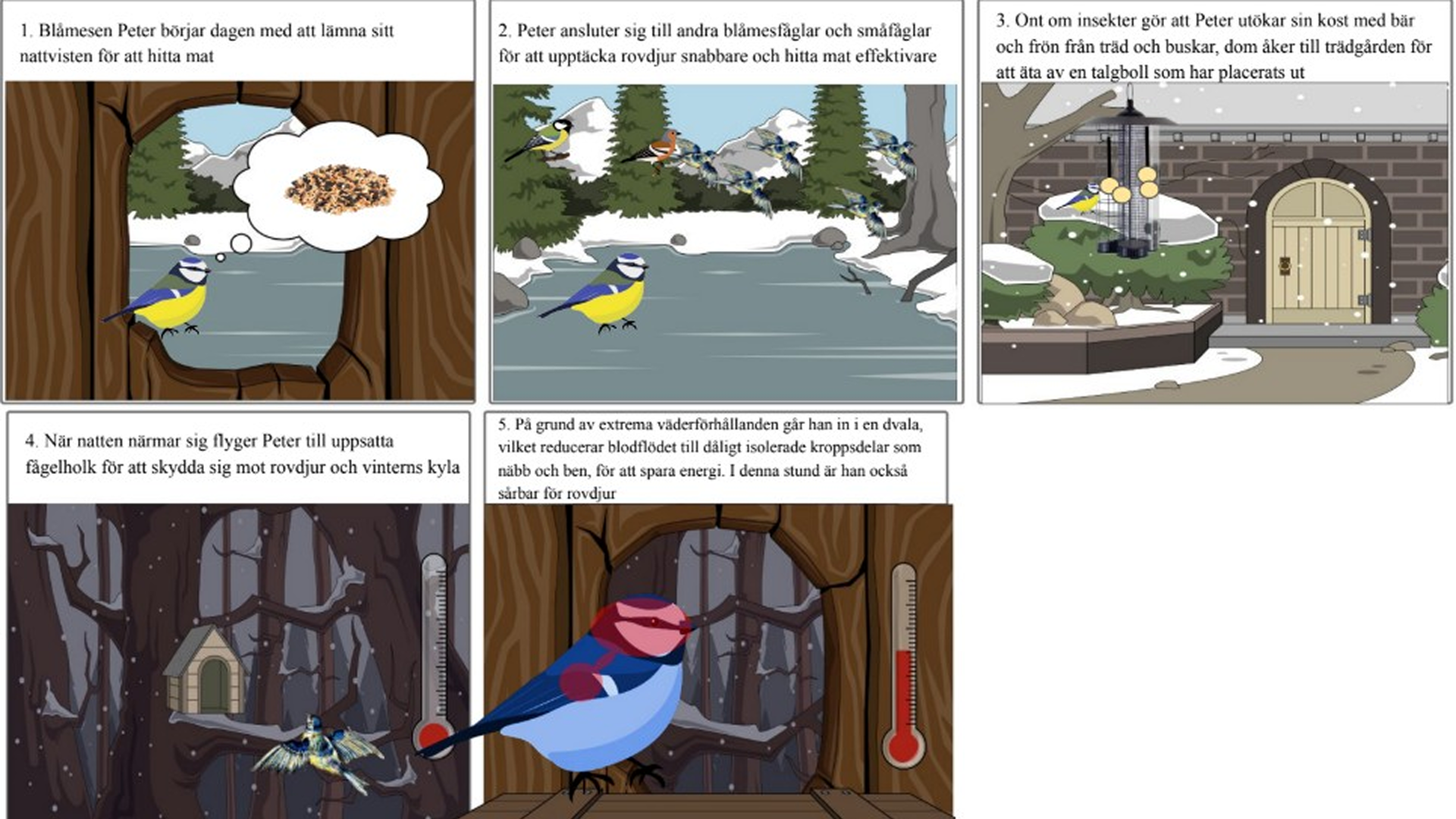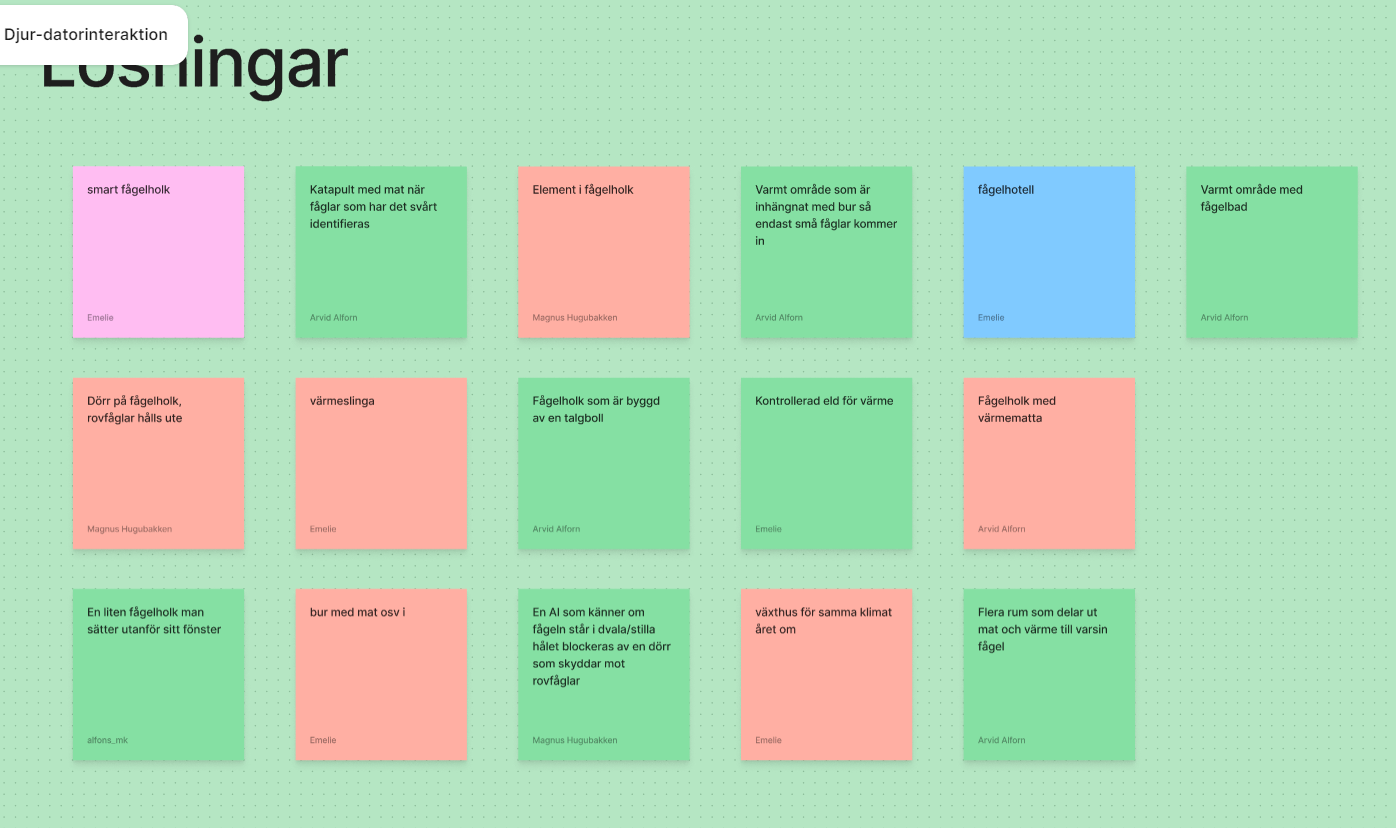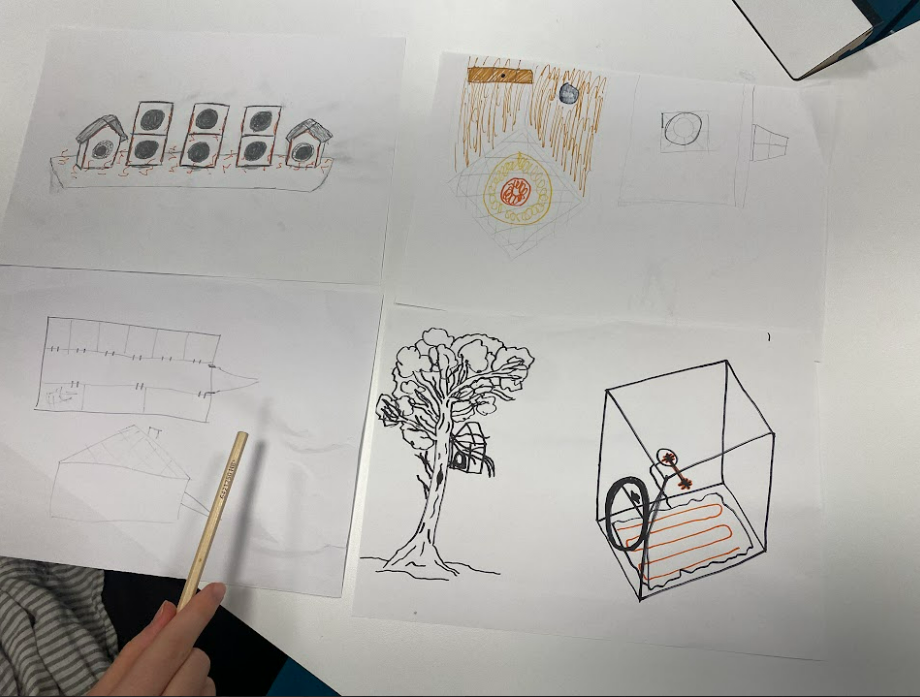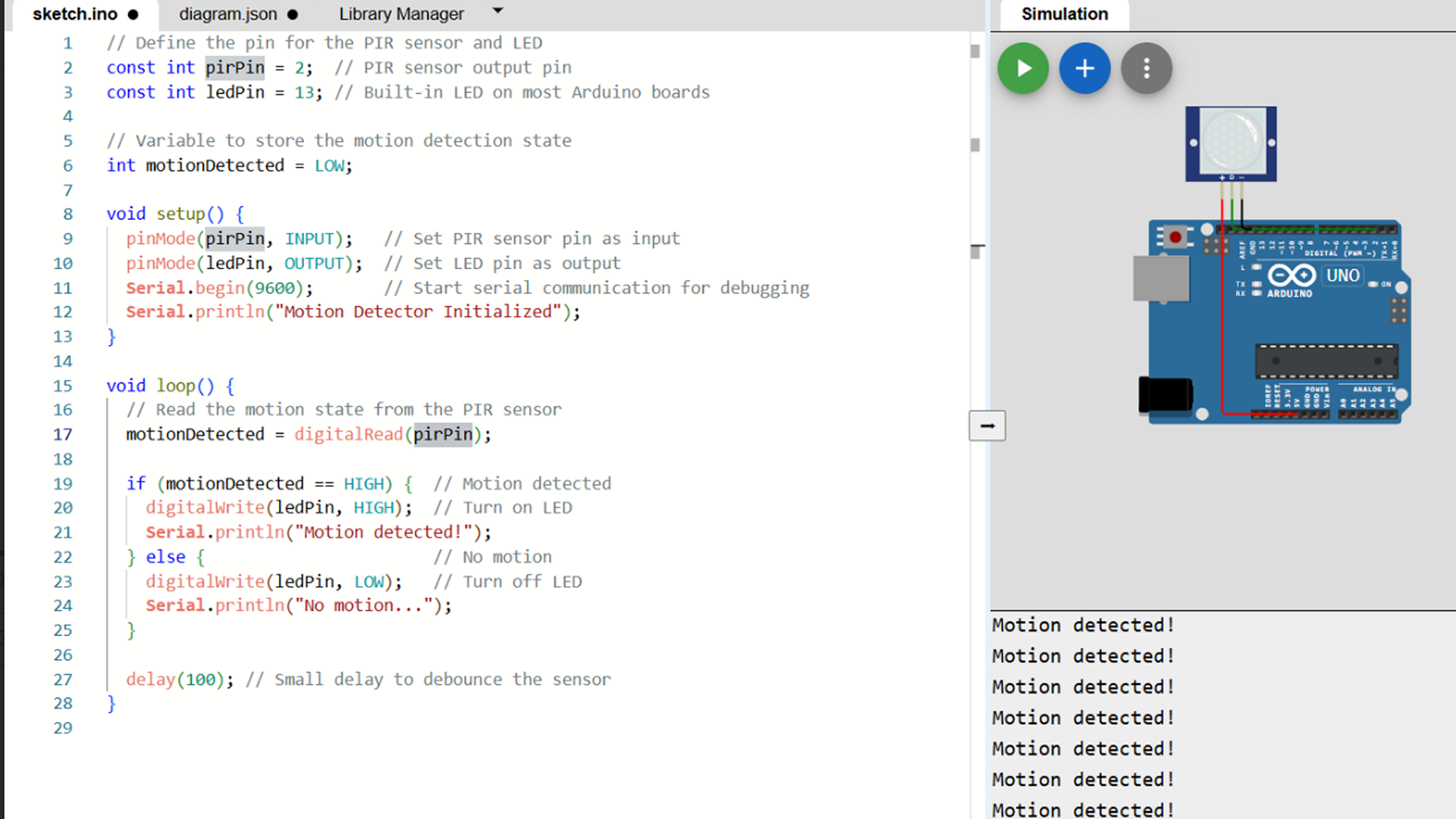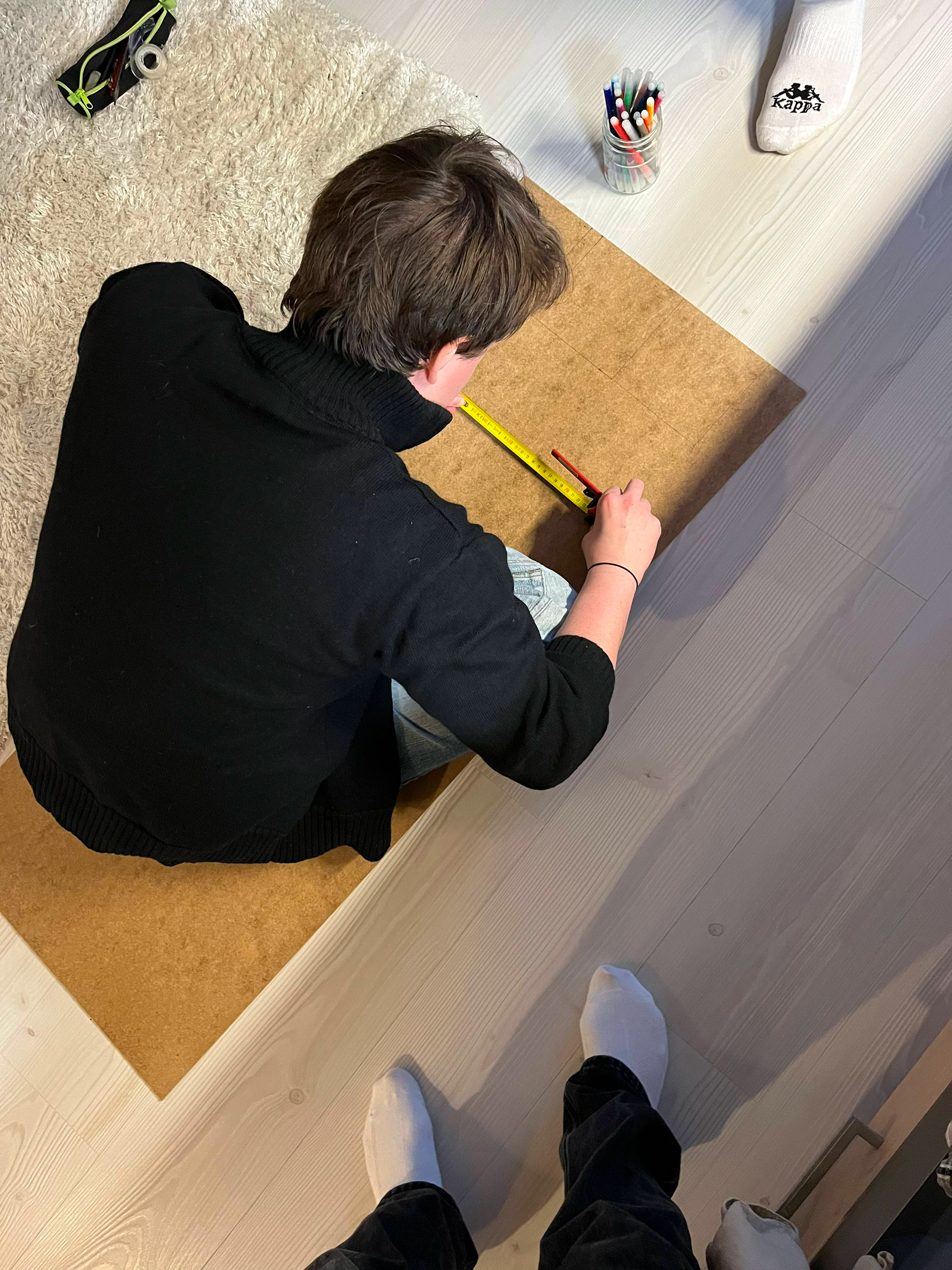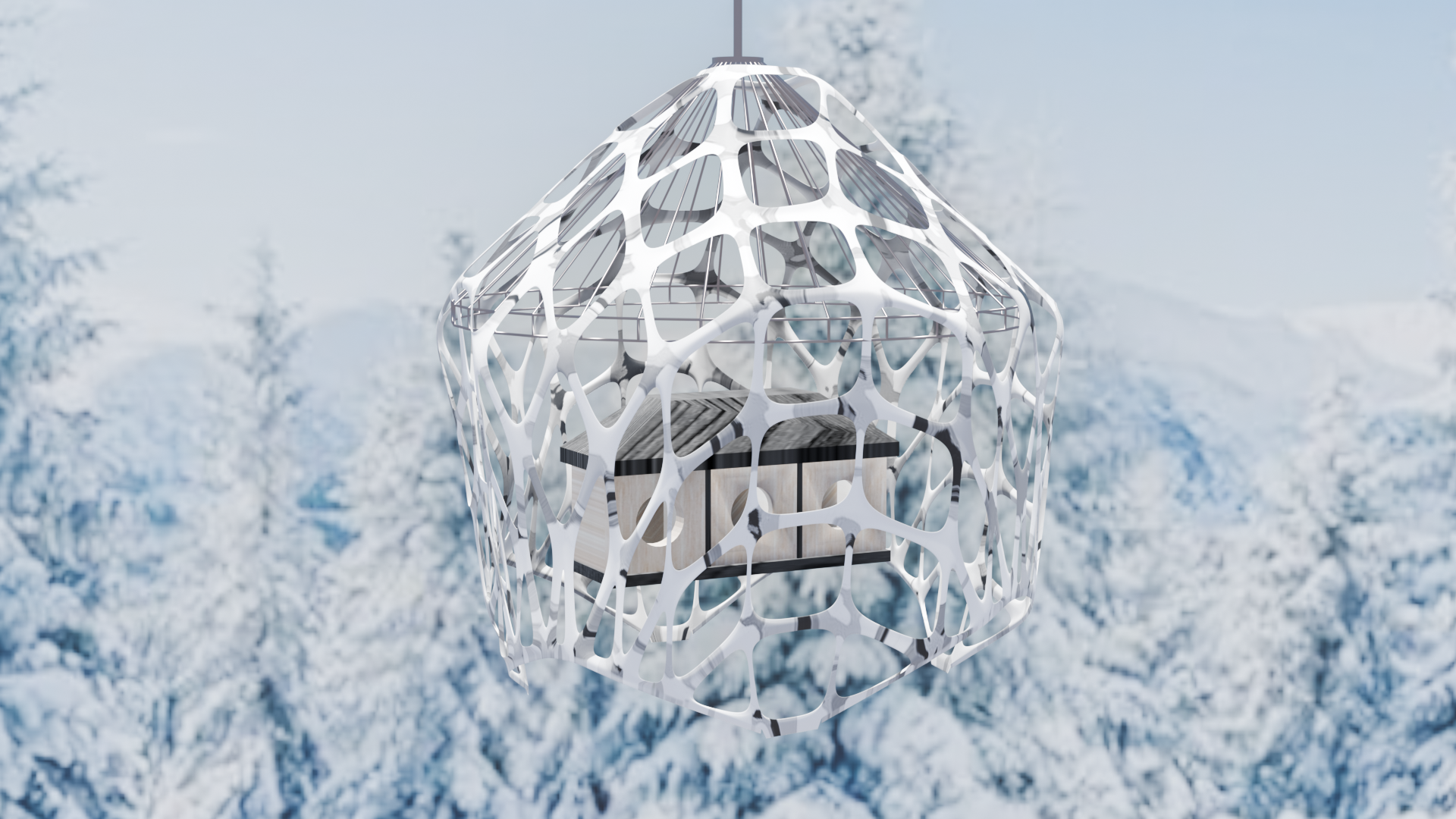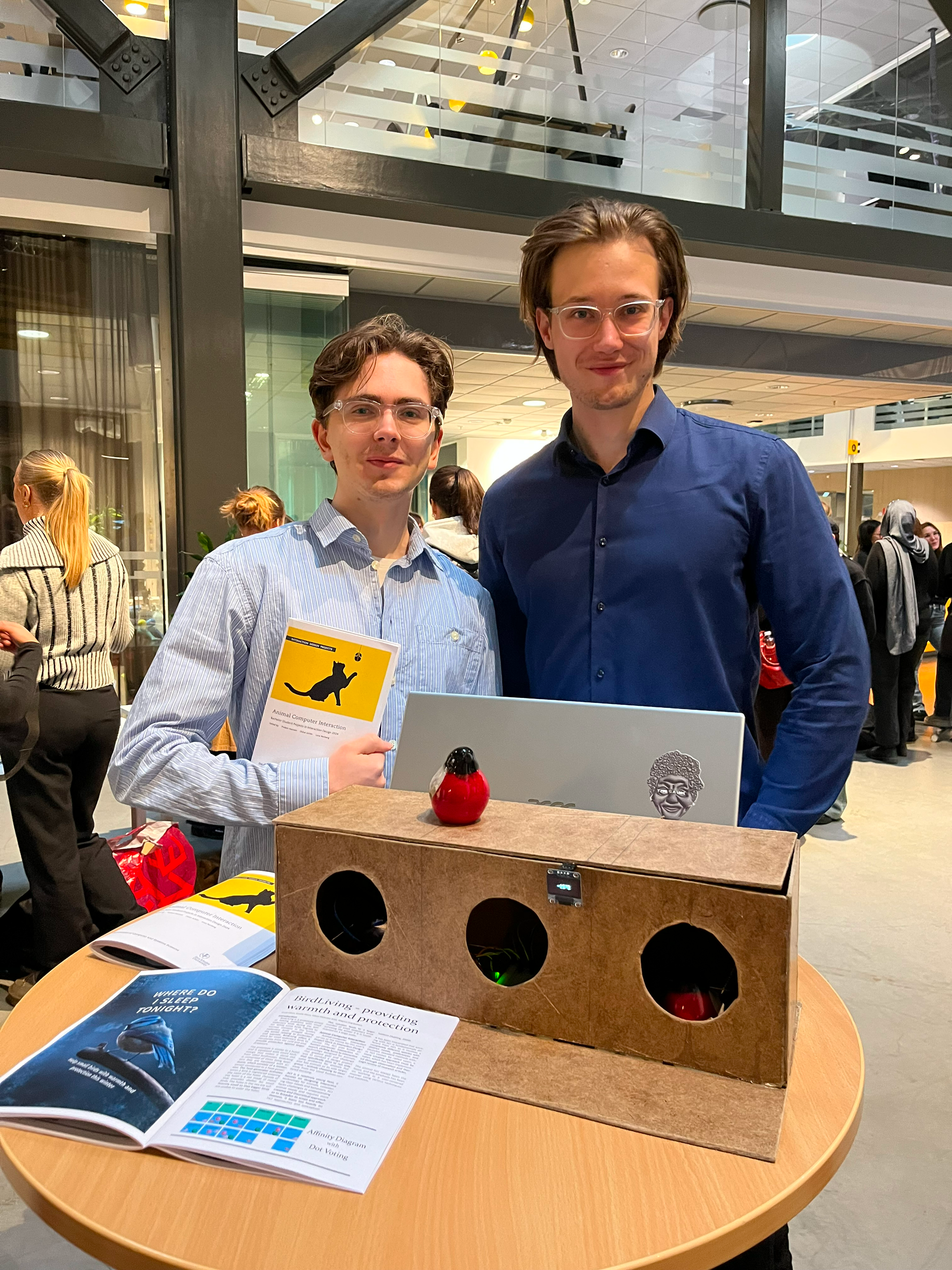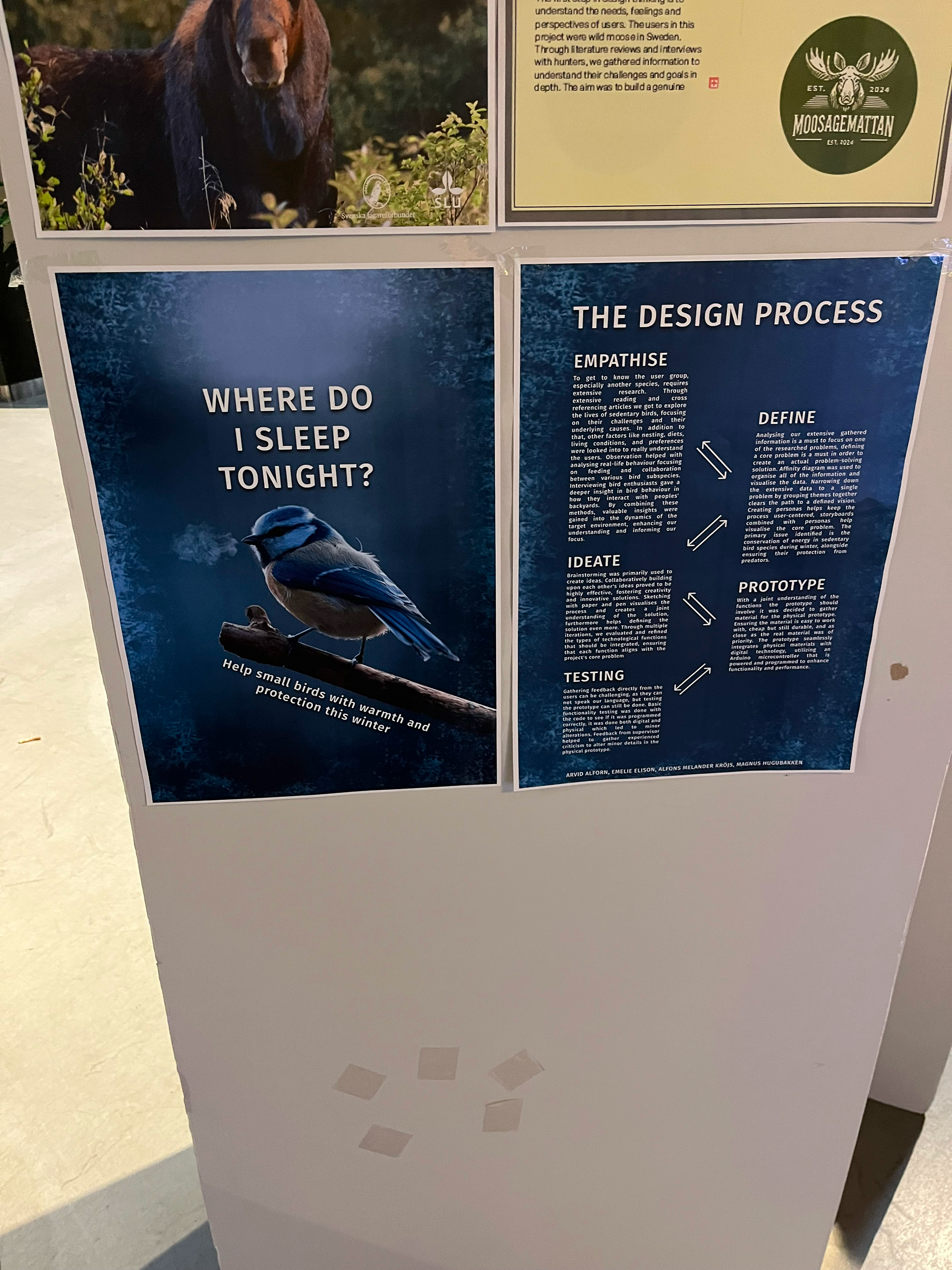Reflection
Designing with animals as the user introduces
several difficulties compared to traditional
human-computer interaction.
Communication is the most obvious barrier: unlike
humans, animals cannot directly express needs or provide feedback.
Because of this, methods such as interviews had
to be discarded in our project, and we instead relied on
desk research, observations, and
insights from bird experts. A key risk here is
that our assumptions about animal behaviour may
be biased by human interpretation, which can reduce the
reliability of the design process.
Another challenge is that the user group cannot be involved in
iterative evaluation in the same way as humans.
Testing with real animals often requires a very
high level of fidelity, which can be
costly, time-consuming, and
ethically complex. There is also a risk of
unintended ecological consequences, since
supporting one species may negatively impact another.
From the course, we learned the importance of adapting
human-centred design methods to animal contexts.
Observations and personas proved
valuable, but we had to rethink their purpose: not as direct
feedback tools, but as ways to empathise with animals through
expert knowledge and
biological insights. Ultimately, the course
taught us to be more reflective,
critical, and creative in
approaching non-human interaction.
At the end of the course, all participants showcased their
final products in an exhibition. Each team
presented not only the prototype, but also a
selling poster, a
design thinking poster, and a
brochure documenting the process and illustrating
key steps with photos. This final presentation
tied the project together and highlighted the value of
communicating both process and outcome.
